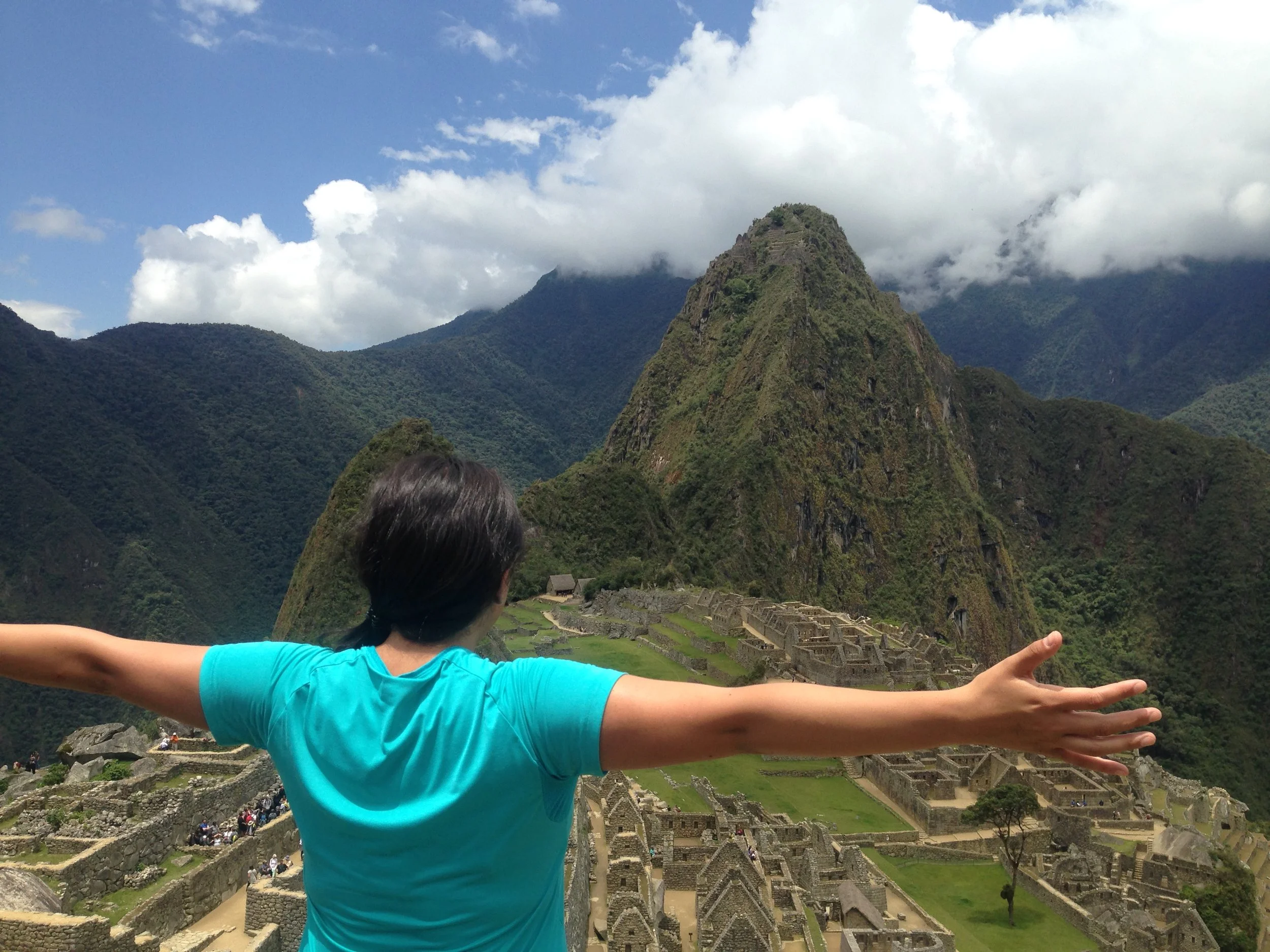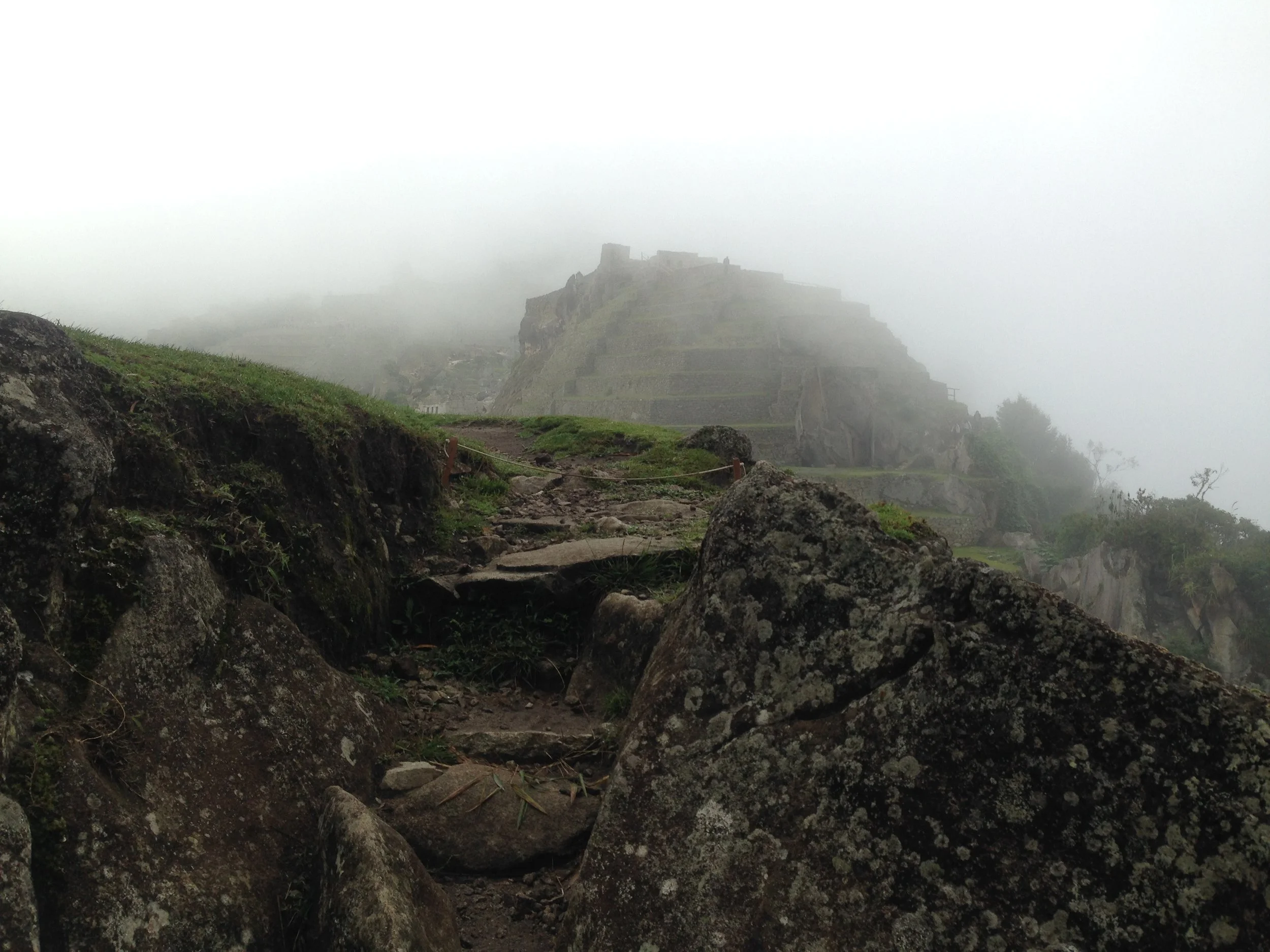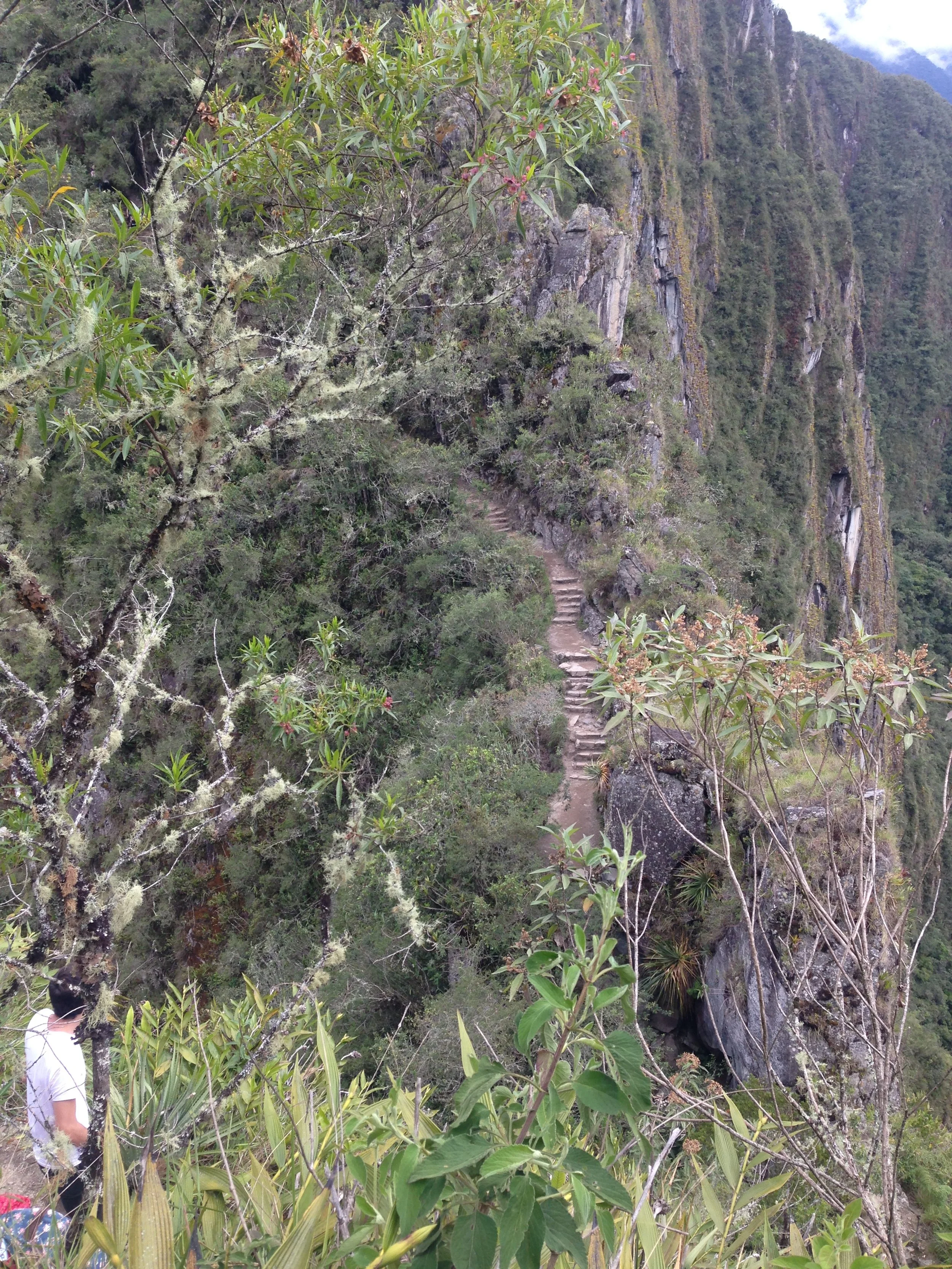On the Scale of Stone I Have Climbed
This story is part of a six-week journey through northern Chile, Bolivia, and southern Peru — all the way to Lima.
Because this was a long journey, we had trained physically for several months to be ready for all the hikes we had planned.
This was the first trip we planned where we would be physically challenged, not only by the hikes themselves but also by the altitude. We began our journey in Bolivia, over 13,000 feet above sea level. By the time we reached the Sacred Valley, our bodies were already accustomed to the conditions.
Up to you, Machu Picchu
What was man?
In which part of his open conversation
Between the warehouses and the whistles
In which of his metallic movements
Did the indestructible dwell
The imperishable
The living?
Before you start reading this, I highly recommend tuning in to the album Heights of Machu Picchu by the Chilean group Los Jaivas, where the music gives life to a poem by Pablo Neruda. This poem is part of his epic work Canto General (1950), a vast chronicle of Latin America’s history, geography, and culture. Neruda received the Nobel Prize in Literature in 1971 for his body of work, which demonstrates the power of poetry to capture the human spirit and the soul of a continent. Trust me—it will all make deeper sense. You’ll also discover one of the most beautiful artistic collaborations between Chile and Peru, created in 1981. Click here.
After a couple of weeks on the road, we were finally approaching one of the great highlights of our trip. Looking back now, I feel a bit embarrassed to admit that when I lived in Latin America, Machu Picchu had never really interested me. It seemed like the most cliché of destinations. Yes, I confess—I had sinned in cynicism and ignorance. Even though I knew the history of the Inca Empire quite well, my mind could not truly grasp the scale of their architecture, nor the genius of their engineering.
And yet, I think this happens to many of us—those of us who dream of distant horizons and forget the wonders that grow in our own lands. We long for the faraway, while travelers from across the world come chasing the very beauty we overlook. I remember a conversation in Saint Petersburg with a traveler friend who told me that her lifelong dream was to see the Torres del Paine in Chilean Patagonia. I smiled and told her I couldn’t wait to visit the Hermitage Museum inside the Winter Palace—because one of my great passions has always been world history, and walking through those halls was, for me, the realization of a different kind of pilgrimage.
As we planned our route through Bolivia and southern Peru, Machu Picchu became an inevitable stop. We trained for months to experience it to the fullest.
The Sacred Valley itself is an extraordinary place to explore, a landscape stitched with ancient stories and living culture. But in this post, I’ll focus only on the journey to Machu Picchu.
There are three main ways to get there:
The Inca Trail, a 27-mile trek from Cusco that leads to the citadel by foot.
The panoramic train, the most comfortable—and luxurious—option.
“Machu Picchu by car”, the budget route, which involves a bus ride to the Hydroelectric station (about 3 hours), followed by a 3-to-4 hour jungle walk.
We chose the third one.
And here, I have to pause. Because yes, the trip is beautiful—but it’s also exhilaratingly dangerous if you go by car. The road snakes along cliffs that drop straight into the Urubamba River, full of impossible turns, crumbling edges, and no guardrails. Every turn felt like an adventure on the edge!
Especially funny because innocent me, Rossana, who wants to see everything, chose a spot right next to the window to overlook the river during the trip, while my beloved fell asleep like a rock and didn’t even notice the road. Up until now, I count that one as a betrayal—especially when we kind of decided (because the train was too expensive) to take the same route back by car. But this time? No, no, he was awake! I made sure of it. Hahaha. Arise with me, American love. And yet… it’s still one of my favorite travel stories to tell at dinner parties.
Urubamba River / Wilkamayu River
O Wilkamayu
and your sonorous fibers,
when you unleash your line-straight thunderclaps
into white spray,
like wounded snow,
when the gale-force winds in your sheer cliffs
awaken the sky with your songs and whips,
what language do you call to your ear suddenly
uprooted from your Andean spray?
Once we finally reached the Hydroelectric station—after kissing the ground, literally—we grabbed our backpacks and started walking toward Aguas Calientes, the small town on the banks of the Urubamba that welcomes travelers to the archaeological site.. The path is easy: just follow the train tracks. It’s not dangerous, since the train passes only twice a day.
Walking through the Peruvian jungle is a marvel. Birds compose intricate, unrepeatable symphonies, while the mountain itself seems to breathe through the mist. The air is thick with humidity, plants glisten, and bananas hang heavy like golden treasures along the path. Every scent feels amplified. But one must not get too comfortable—the jungle devours light faster than anywhere else. As the shadows lengthened and the forest began to darken, we lengthened our strides too, racing the sunset.
After settling into our hostel, one thing became immediately clear: the Urubamba River dominates everything—not only the landscape but the soundscape too. No matter where you stand in town, the river seems to speak:
It washed over the senses, a call to remember, to act, to belong. I slept wonderfully that night, and luckily so, because the next morning we had a great day ahead.
From town, visitors can either take a bus to the site’s entrance or walk. The hike is not long, but steep, and the bus line can take up to 2 hours. We started walking before dawn—around 5 a.m.—reaching the gate just before 6, among the first to enter.
High city of laddered stones, at last, final dwelling for those whom earthliness did not hide in its sleeping garments.
At that hour, visibility is still low. The entire citadel is wrapped in breathing fog. We crossed the park and reached the entrance to Huayna Picchu. The climb is stunning but risky—the stone steps slick with dew, the rails cold and wet. Near the top, I used all four limbs to climb safely. What a climb!
And then—what we came for.
We sat at the summit, barely seeing the city below, and played Heights of Machu Picchu, the Chilean folk group’s musical adaptation of Pablo Neruda’s epic poem from Canto General. Slowly, as the music rose, the fog began to lift. And then, suddenly—the glory of civilization revealed itself.
At that moment, I felt profoundly indigenous—I felt Inca, I felt Mapuche, I felt American—connected to the Andes, which are also my Andes. I felt and I wished part of my being was also moving the rocks, helping to build this magnificent city, that my blood was also part of the center of the seeds. The recognition of our shared native legacy across the Americas struck me with overwhelming force. The desire to belong, to remember, to know… to feel the sacred insignificance of one’s existence in such a place, yet also the infinite possibility of being fully alive, as Neruda commands in his verses. Even now, years later, I cry as I write these words. This morning I spoke with my cousin Andrea—she’s in the Sacred Valley with her partner. I told her how lucky they are, because seeing this place with the person you love is a rare kind of beauty, one that deepens every bond.
With our hearts full, we descended into the city, now crowded and buzzing with tourists. I recommend visiting the unmissable spots—the astronomical observatory, the terraces, and the Machu Picchu Mountain trail for a different perspective of the site. But remember, the archaeological site is enormous, so it’s possible to find quiet corners to sit, wander, and contemplate the place in solitude. Most of all, wander. Sit. Breathe the mountain’s rhythm. Take it all in.
Because yes—my cynicism once fooled me into thinking this place was just another mainstream travel cliché. I was wrong. Deeply wrong. You have to see it, feel it, to even begin to understand.
Around 5:30 p.m., as we prepared to leave, a thunderstorm rolled through the valley—a farewell from the earth itself. I remember looking at my husband; it was so clear that something had changed in us, as travelers and as human beings.
The next morning, we began our journey back through the jungle to the Hydroelectric station. Halfway, we stopped at a small restaurant that cooks with ingredients straight from its garden and offers hammocks to rest after lunch. Refreshed and nourished, we continued toward the car that would take us back to Cusco.
And in that journey, I felt the pulse of the Andes still in me, calling through stone, river, and fog:
Rise up in birth with me, my brother. Give me your hand out of the deep zone of your wide-spread sorrow… you, the farmer trembling among his seeds, the potter poured in your clay, all ye, bring to the cup of this new life your ancient buried sorrows… attach your bodies to me like magnets. Come to my veins and my mouth. Speak through my words and my blood.
And so we returned, carrying that voice with us—ancient, immense, unbroken—forever a part of our own.








